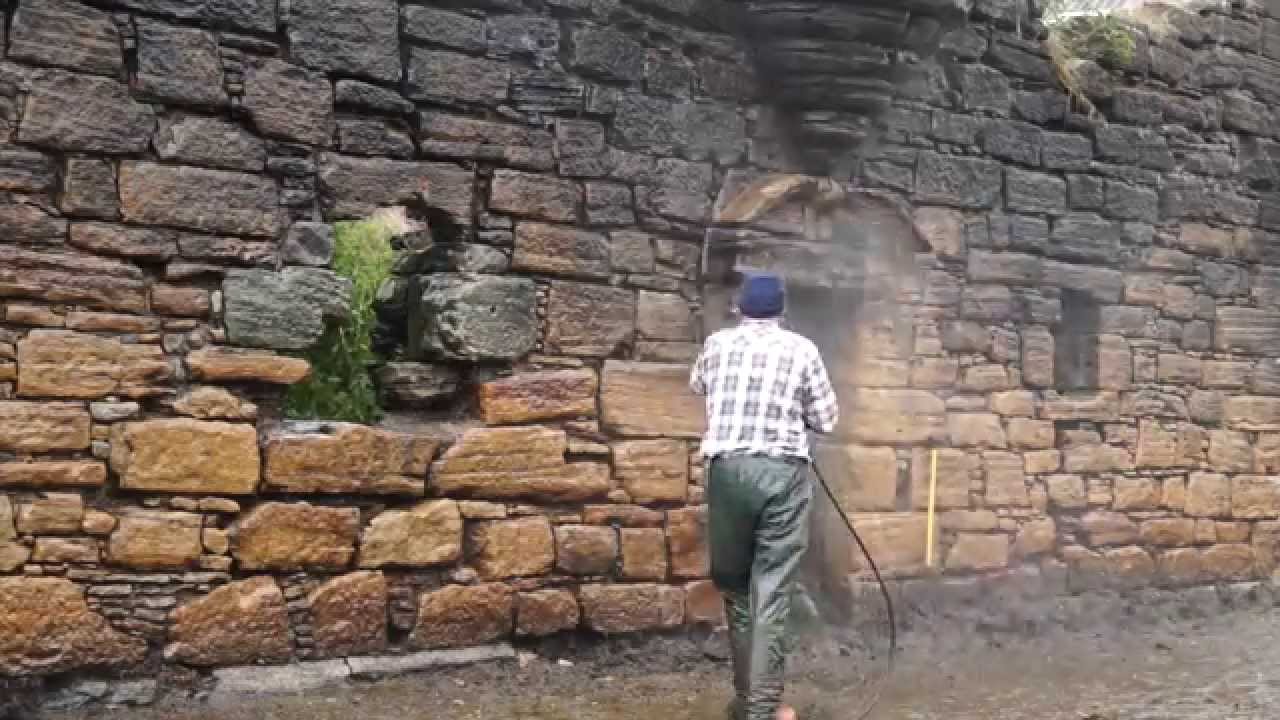
Historical buildings are more than just structures — they’re symbols of heritage, culture, and timeless beauty. Whether it’s a century-old church, a vintage brick storefront, or a Victorian home, these buildings deserve to be maintained with respect and care. But when dirt, mold, and pollution build up, cleaning them isn’t as straightforward as it is with modern structures. 🚫💦
Power washing can be a smart way to clean these aging buildings — but it must be done correctly. Improper techniques or too much pressure can cause irreversible damage to stone, wood, and mortar. This guide walks you through how to power wash historical buildings safely and effectively, preserving their beauty while avoiding costly mistakes. 🧽⚠️
🧠 Understand the Risks Before You Spray
Before firing up the pressure washer, it’s important to understand the potential dangers:
⚠️ Common Risks:
- Dislodging mortar between bricks
- Etching or pitting soft stone like limestone or sandstone
- Splintering aged wood or historic siding
- Breaking old window seals
- Driving water into wall cavities, causing mold or rot
These issues aren’t just aesthetic — they can compromise the structure’s long-term stability. That’s why careful planning and gentler techniques are essential. 💡🏚️
📋 Step 1: Assess the Building’s Age, Condition & Materials
Every historical building is unique. Before washing, do a detailed assessment of:
- 🧱 Exterior materials (brick, wood, stucco, stone, etc.)
- 🧠 Age of construction (older buildings = more fragile)
- 🧩 Structural issues (cracks, crumbling mortar, loose siding)
- 🕳️ Areas prone to water intrusion (vents, windows, doors)
- 🧽 Surface buildup (algae, soot, mildew, oxidation)
You may need to consult with a preservation expert or historical architect if you’re unsure about what cleaning methods are safe.
🧰 Step 2: Use the Right Equipment
Pressure matters — less is more when dealing with older materials.
🔧 Recommended Tools:
- Soft wash system or low-pressure washer
- PSI under 800 (many standard machines exceed 3,000 PSI!)
- Fan spray nozzles (avoid pinpoint stream tips)
- Adjustable wands for better control
- Extension poles or scaffolding instead of ladders on delicate surfaces
💡 Use chemical injectors and surfactants when possible to reduce the need for physical force.
Browse Amazon Here For Soft Washing Equipment And Accessories
🧪 Step 3: Use Gentle, Historic-Safe Cleaners
Skip the bleach-heavy or caustic cleaners. Choose biodegradable and pH-neutral solutions designed for older materials.
✅ Good choices include:
- Non-ionic detergents
- Biodegradable mold removers
- Oxidation removers for siding
- D-limonene-based degreasers (citrus-based)
🧼 Always test in an inconspicuous area first to make sure the solution won’t stain, streak, or damage.
🕊️ Step 4: Embrace the Soft Wash Method
For historical surfaces, soft washing is your best friend.
Soft Wash Basics:
- Uses low pressure (under 300 PSI)
- Applies cleaning solution gently with a pump sprayer or soft-wash rig
- Lets solution dwell for 10–15 minutes
- Rinses off with gentle water pressure — like a garden hose 🚿
This method is ideal for:
- 🧱 Brick with old or crumbling mortar
- 🪵 Aged or painted wood
- 🪨 Soft stone (limestone, sandstone, marble)
- 🎨 Delicate exterior paintwork or murals
Soft washing allows the chemicals to do the hard work, reducing wear and tear on fragile surfaces. 🧼💡
🚧 Step 5: Protect Vulnerable Areas
Historical buildings often have features that weren’t built with pressure washing in mind.
Areas to Protect:
- 🌬️ Vents and louvers — cover with plastic sheeting
- 🪟 Windows and seals — avoid direct spraying
- 🧱 Chimneys and joints — reinforce if mortar is loose
- 🪵 Porches or rails — test carefully before spraying
- 💡 Lighting fixtures and plaques — remove or tape off
💡 Use painter’s tape and breathable waterproof covers — especially when using any cleaning chemicals.
🕵️♂️ Step 6: Monitor Water Usage & Runoff
Many older buildings weren’t built with modern drainage in mind. Excess water can back up into walls, basements, or under foundations.
- 💧 Avoid oversaturating wood or brick
- 📉 Work top to bottom and in sections
- 🌱 Divert runoff from sensitive garden or foundation areas
- 🌎 Use eco-friendly solutions to avoid groundwater contamination
Some historic districts may require water containment or reclamation — check with local regulations first. 🧾📜
🧼 Bonus Tips for Success
📸 Document Before and After
Not only does this protect you legally, but it also helps demonstrate the value of your work.
🗓️ Clean During Mild Weather
Avoid washing during high heat, freezing temps, or strong winds. These conditions can stress fragile materials.
📞 Coordinate with Preservation Authorities
Some properties are subject to local, state, or federal historic preservation rules. When in doubt, ask.
🧭 What to Avoid at All Costs
- ❌ Never use turbo nozzles or needle tips on old masonry
- ❌ Never clean lead paint with high-pressure water — it’s hazardous
- ❌ Never power wash roofs with old tiles or shingles
- ❌ Never spray electrical boxes or exposed wiring
- ❌ Don’t “blast away” dirt — dissolve it with chemistry and patience
Remember: restoration is not demolition. 🧠💡
💬 Final Thoughts
Power washing historical buildings is about more than just cleaning — it’s about preserving history. With the right techniques, tools, and mindset, you can restore beauty without compromising the historical structure. 🏛️✨
Choose soft washing, eco-friendly cleaners, and extra caution to ensure you’re maintaining not just appearances, but architectural integrity. Whether you’re a contractor or a caretaker, your role is to protect the past while preparing these buildings for the future. 💪🕰️
So go slow, plan smart, and wash gently — history will thank you for it. 🧽📜
Browse Amazon Here For Soft Washing Equipment And Accessories



